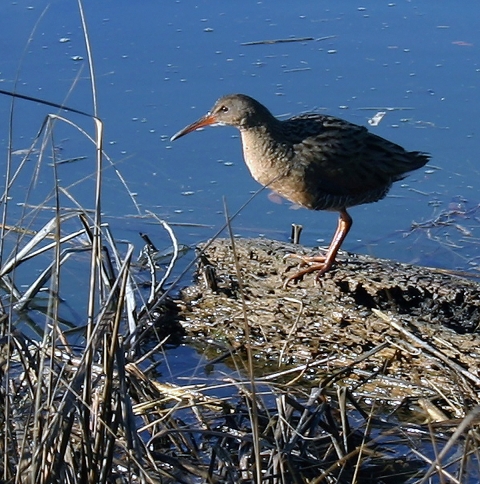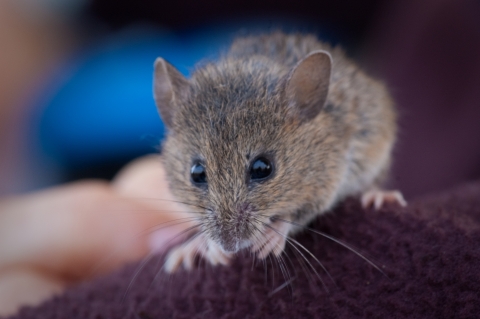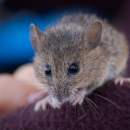Tidal Marsh of Northern and Central California
Our Recovery Plan for the Tidal Marsh Ecosystems of Northern and Central California focuses on 17 species of imperiled birds, plants and animals, including six that are endangered:
- California clapper rail;
- California sea-blite;
- Salt marsh bird’s-beak.
- Salt marsh harvest mouse;
- Soft bird’s-beak; and
- Suisun thistle.
The plan recommends actions to restore healthy tidal marsh ecosystems, with a long-term goal of recovering the endangered species so they no longer need the protection of the Endangered Species Act.
In addition to the tidal landscapes of San Francisco Bay, the plan covers smaller marshes along more than 500 miles of coastline from Humboldt Bay to Morro Bay. It accounts for factors such as habitat loss due to urban development and agriculture, altered hydrology and salinity, invasive species invasive species
An invasive species is any plant or animal that has spread or been introduced into a new area where they are, or could, cause harm to the environment, economy, or human, animal, or plant health. Their unwelcome presence can destroy ecosystems and cost millions of dollars.
Learn more about invasive species , contamination and sea level rise.
Second in scope only to restoration efforts in the Florida Everglades, this plan is the largest tidal marsh recovery effort ever attempted on the West Coast. The voluntary program relies on the willing participation of property owners, land managers, community groups and other interested parties.
Follow these links to view the Recovery Plan for the Tidal Marsh Ecosystems of Northern and Central California and to view the recovery plan's appendices. To receive a copy of the Soft Bird's-Beak Reintroduction Plan or the California Sea-Blite Reintroduction Plan, please email brandon_honig@fws.gov or tamara_ward@fws.gov or call 916-930-2657. Further information is also available in these Frequently Asked Questions.






